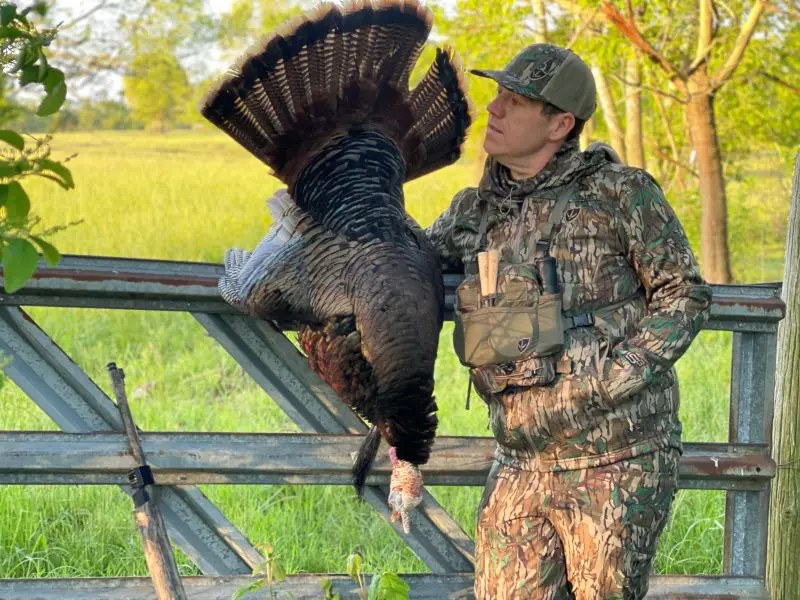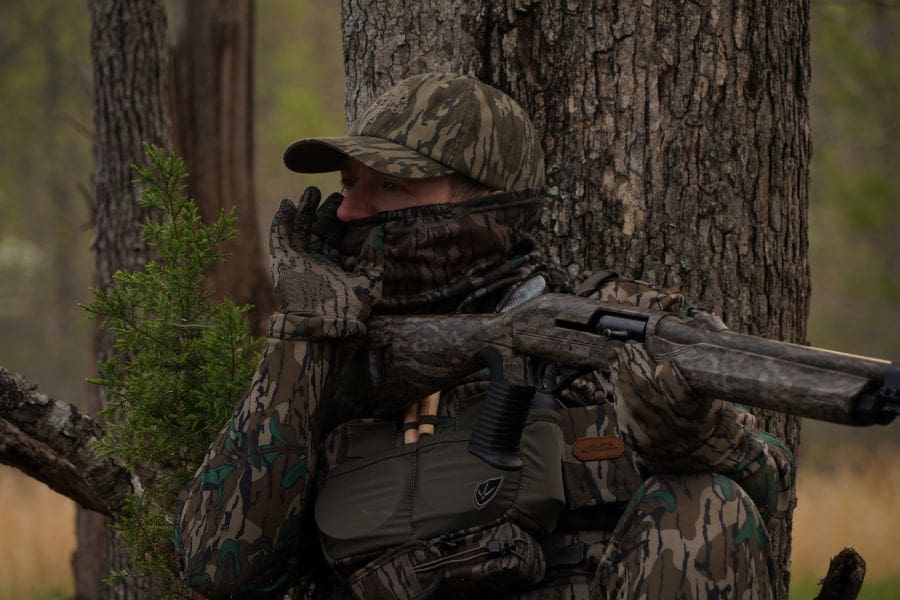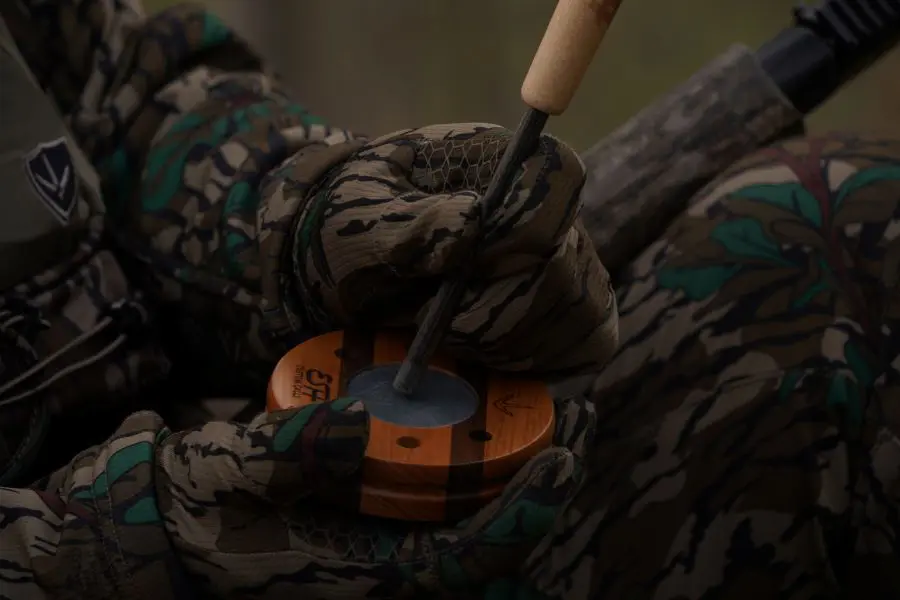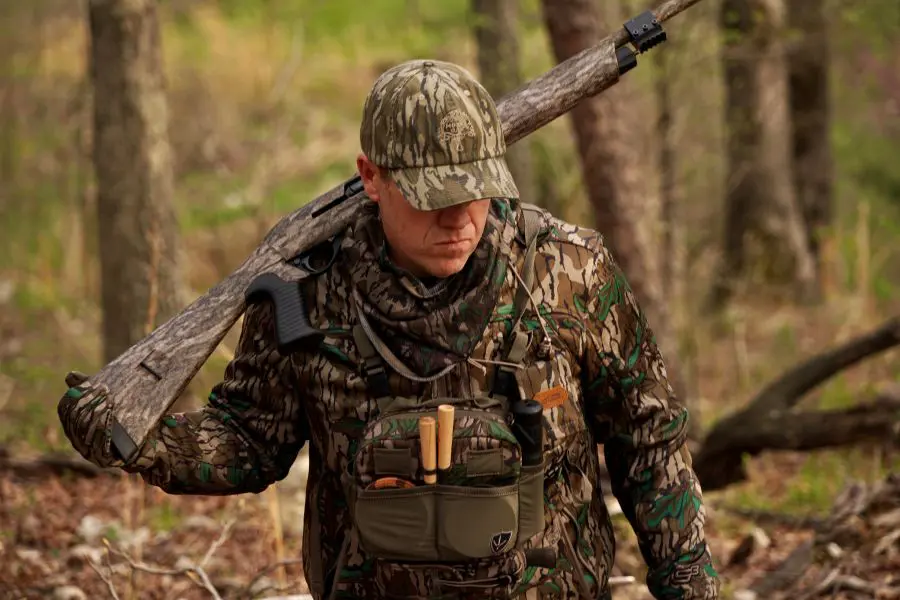As spring gives way to early summer, many turkey hunters pack away their calls and gear, assuming the season is over. However, for those who persevere, the late season can be one of the most rewarding times to hunt. The woods are quieter, the pressure is lower, and you can still tag a gobbler with a bit of patience. Success in the late season often depends on location.
After killing a gobbler on Monday morning during the last week of the Missouri turkey season, I returned to the same area the next day to try to tag out for the season. With my son harvesting his first turkey during a two-day youth season and getting a gobbler myself, I can already say that my season has been a success. However, like many turkey hunters, I still wanted the satisfaction of being tagged out for the season.

Returning to the same area where I had shot my first gobbler the day before, I walked cautiously into a field edge. I let out a subtle, low-volume owl hoot with my natural voice to avoid getting too close to a tom on the roost. I walked another eighty yards with nothing there before stopping again to listen. Before making my next owl call, a tom gobbled a mere hundred yards away. I quickly made my way to a suitable setup tree, ironically within ten feet of the tree I had been sitting by the previous morning. Soon, three other toms joined in on the morning gobbling while still on the roost. “I am right in the middle of them this morning,” I thought. I made a series of soft tree yelps on my ESH Custom Calls glass pot call, which were answered by all four gobbling toms. The toms seemed overly interested in my calling, making me think they were roosting without hens nearby. Could I possibly tag out this easily?
After my soft tree yelps to let them think I was a lone hen waking up all by herself, I kept my calling to a minimum. After three or four minutes of the roosting toms gobbling on their own, I made my next attempt at calling—soft yelping, followed by a fly-down cackle and using my hat flapping across my leg to simulate a hen flying off the roost. The toms seemed to gobble with intensity and excitement. After my fly-down call, I went silent once more for approximately ten minutes. Finally, I made two or three louder, raspy yelps on a diaphragm call, which again was immediately cut off by all the toms gobbling. A few seconds later, I heard the first tom gobble from ground level, indicating he was now off the roost. I then made one more excited yelp, which was answered by intense gobbling. As I looked down my gun barrel in hopes of the tom coming over the hill, I saw the next tom pitch down from the roost. Two red heads appeared from over the hill; I clicked the safety off my shotgun and waited. Once in a while, even hunters who have hunted for thirty years make a dumb move. The two toms were locked in on my hen decoy and coming, while the others were gobbling slightly over the hill. When the lead tom made it to approximately forty-five steps, I shot, yet the two toms took flight and sailed to the next county over. They would have been within thirty steps if I had waited 10 more seconds, but my excitement cost me a filled tag.

If I ever lose that excitement, I will probably quit hunting. However, it taught me that patience and location are vital. The day I killed my first bird, he was roosted on a field edge where he descended into the open field where I could take the shot. On the day of my miss, the four toms were roosted in the same area, but on the opposite side of the field. Still, the late season toms prefer the open areas. So, where are the best places to find late season gobblers?
1. Shady Ridge Tops
One of the top areas to find a late-season tom depends on the weather. If temperatures are higher than average, then turkeys will try to stay where it is cool. During the heat of the late season, turkeys often seek out high, shaded ridges to escape the rising temperatures. These areas provide good visibility for wary birds and plenty of dusting spots. Late-season toms are also more cautious, so a quiet approach and subtle calling are critical.
Look for scratch marks and dust bowls along the tops of ridges where turkeys loaf during mid-morning. Setting up in a shady spot with good cover gives you a strong chance of intercepting a tom slowly making his rounds. In many cases, less is more—one or two soft yelps might be all it takes to draw in a lonely gobbler.
2. Isolated Field Edges
After weeks of hunting pressure, turkeys often shift to areas with less human activity. Small or isolated field edges, especially those tucked away from main roads or easily accessed trails, become havens for late-season birds. On my two noted hunts, I had not hunted for over a week, leaving toms less pressured and in an area that I could get to without getting busted. To find a place like this, scout these areas from a distance using binoculars or a spotting scope. If you can consistently pattern birds using the field edge, set up just inside the timber line to stay concealed. Morning and afternoon hunts can be productive in these areas, as turkeys often feed and loaf in the open before heading to their evening roosts. Starting the next day in the same general location can also help locate nearby hens that haven’t been bred yet this season.
3. Creek Bottoms and Moist Draws
In late spring, turkeys gravitate toward cooler, wetter areas like creek bottoms and shaded draws. These places offer bugs, fresh greens, and a reprieve from the heat. They’re also ideal for quiet travel routes, so don’t be surprised if you find tracks, droppings, or feathers along trails that parallel the water. When hunting creek bottoms, focus on listening. Gobblers might not be as vocal as earlier in the season, but soft clucks and the occasional gobble can still echo through the timber. Stay patient, glass often, and move slowly; late-season birds tend to sneak in quietly.

Late-season turkey hunting may be challenging, but it’s far from impossible. Those who adapt and scout smart often find the most rewarding hunts of the season. Targeting shady ridge tops, isolated fields, and cool creek bottoms can put you in the right place at the right time to seal the deal on a hard-earned gobbler.

